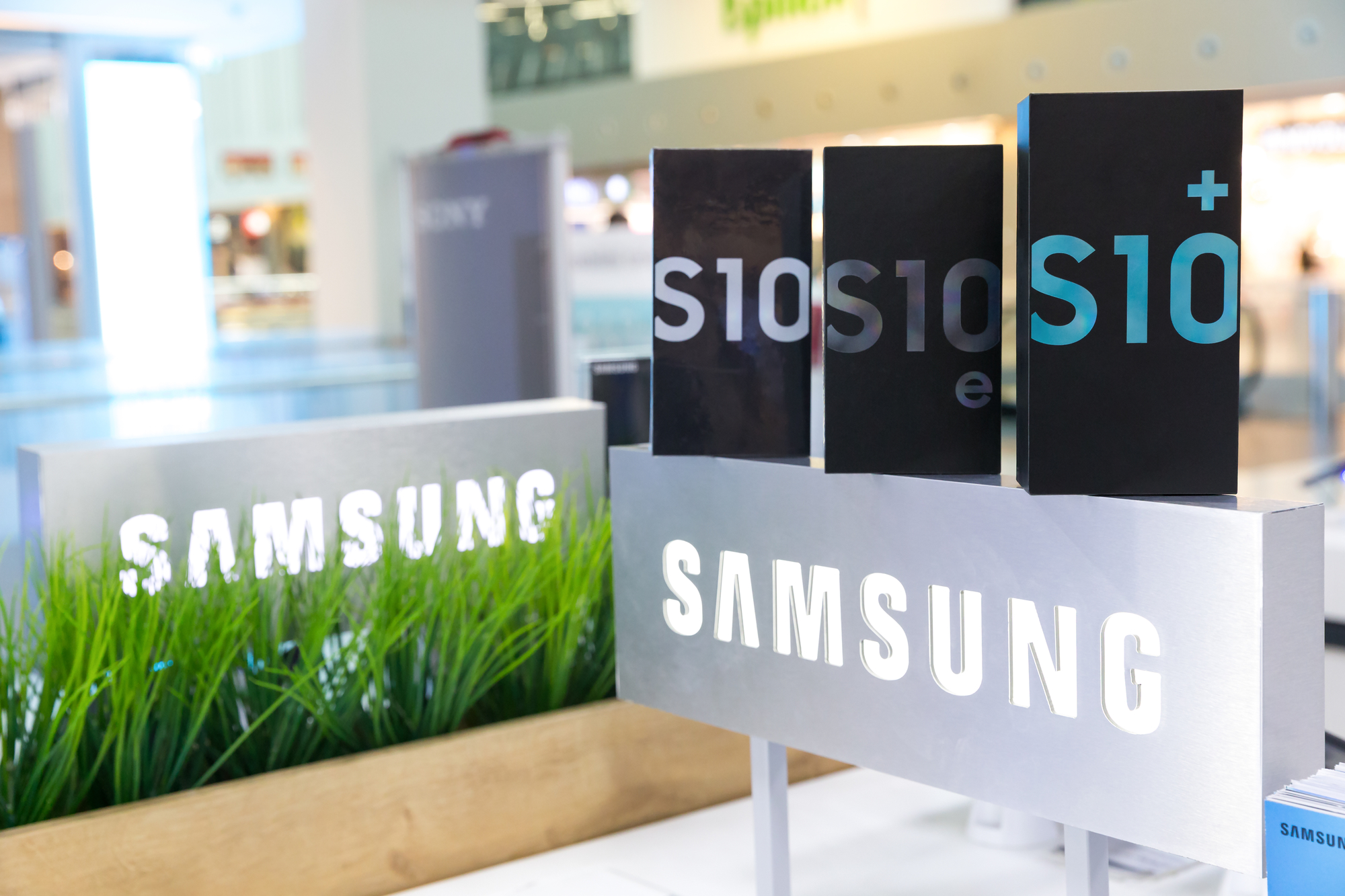In March 2019, Samsung released the Galaxy S10 lineup, which includes three excellent phones with stellar performance and great battery life. The three phones that make up the Galaxy S10 lineup are the S10, S10e, and the S10 Plus.
The S10 is mid-sized and costs $899, the S10 Plus is large and costs $999, and the S10e is the smallest of the three phones and the most affordable at $749. If you are thinking about replacing your current smartphone with the Samsung S10, read this full review so that you can make an informed decision.
Infinity-O Display
Just about every company that manufactures phones has added a notch to their smartphones to eliminate the bezels. Typically, the notch swoops from the top to disguise the smartphone’s front-facing camera. Fortunately, Samsung managed to avoid the addition of a notch with all three of the Galaxy S10 models by developing a new Infinity-O display.
The Infinity-O display is innovative in the sense that it embeds the camera lens directly into the screen. While the S10 Plus has a cutout in the display that is oval-shaped, the S10 has a cutout that is the size and shape of a typical hole-punch.
Most users find that the embedded camera lens does not take away from the experience of taking selfies with the S10. In fact, many users find that the cutout makes it easier to take selfies rather than harder. The reason for this is that the cutout is obvious so that you always know how to look at the lens directly. Therefore, if you’ve had a hard time making eye contact with your smartphone’s camera lens, the cutout is an excellent feature.
The Galaxy S10’s display is a 6.1-inch 19:9 Super AMOLED display panel. This display has been referred to as the most color accurate display for a smartphone ever. According to Samsung, their smartphone displays are of such high quality that even their competitors are purchasing them.
The Galaxy S10’s display has elegantly curved edges. The pixels spill over the sides of the display. If you enjoy using your smartphone outdoors, you will be happy to know that the display is incredibly bright. There is HDR10+ support for superior color and contrast.
There is also a QHD+ resolution as well. Therefore, the pixel density is 550 ppi, so you can expect everything on the screen to be very detailed. However, you should keep in mind that Full HD+ is the default for the phone.
One minor flaw to note about the Galaxy S10’s display is that it is definitely a magnet for fingerprints. Therefore, you will probably find yourself wiping down the display of the smartphone on a regular basis.
[the_ad_placement id=”media-net-atf-direct”]
Ultrasonic Fingerprint Sensor
One controversial move that Samsung made with the Galaxy S10 is the in-display fingerprint sensor. The Galaxy S10 is the first smartphone on the market to use optical rather than ultrasonic technology. In case, you’re not sure about the difference, optical uses a camera while ultrasonic uses sound waves.
Many users have found that the idea of an ultrasonic fingerprint sensor is better than the traditional optical fingerprint sensors. However, they have also found that the ultrasonic fingerprint sensor is not as fast or accurate. This shouldn’t be very surprising because ultrasonic fingerprint sensing is new technology while optical fingerprint sensing technology is more established. In general, the traditional fingerprint sensor of other phones have been much faster and consistent than the ultrasonic fingerprint sensor. However, it is expected that the ultrasonic fingerprint sensor will get better with time.
One of the main advantages of having the sensor in the display is that users are able to unlock their phone even when they’re not holding it tightly or when the smartphone is resting on a flat surface. However, users need to put in more effort to find the spot where they know the smartphone will unlock immediately. Users often find themselves pressing harder on the smartphone’s display to flatten the print.
However, the sensor for reading the fingerprint is much smaller than it should. Fortunately, users typically develop muscle memory of knowing where to put their thumb to unlock the smartphone, which makes it faster. However, as stated above, the ultrasonic fingerprint sensor still isn’t as consistent.
Many consumers view the in-display fingerprint sensor as the only true negative of this smartphone. However, the fingerprint sensor isn’t so inconvenient that consumers should skip out on the Galaxy S10. While the face unlock technology is faster, it is also less secure. Once you learn how to deal with the ultrasonic fingerprint sensor, the inconvenience is diminished greatly.
The Samsung S10 is frequently referred to as the best smartphone on the market and for good reason. For more information about the Samsung S10, don’t hesitate to contact us.
[offerpromo]











